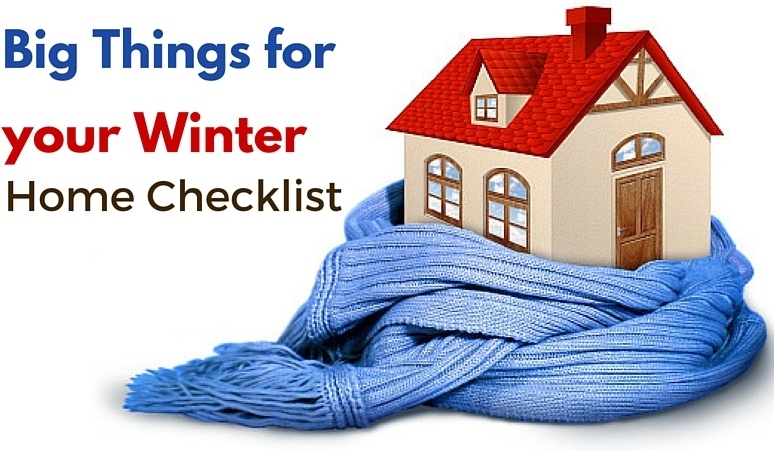
With winter finally getting into high gear, winterizing your home and shed becomes more of a priority. With a properly prepared home, you will be sure your family is ready to withstand anything that winter brings!
Check out part 1 of our blog post in the series and learn more about winterizing your heating and air conditioning systems as well as your chimney and fireplace.
And here are the other 3 big items we would recommend adding to your wintertime home to-do list!
Your Plumbing
Your plumbing is something that is very susceptible to cold weather. If pipes freeze and burst you are looking at an expensive repair bill. So it’s important to make sure you are covered.
Insulate any exposed piping in uninsulated spaces like the attic or outside walls. Use foam insulation or wrap them with electrical heating tape.
For exterior faucets, drain the water out and turn off the water supply inside your house. Don’t forget to disconnect all garden hoses and outside faucets and drain them if you plan to store them outside.
Your Doors and Windows
Cold air getting in from leaks around doors and windows and poor insulation in walls and ceilings can cause a major increase in your heating bills.
For your windows, choose a windy day and feel around for any leaks. Typically air leaks are found around the edges where the window is hinged, slides or meets another unit. If you find leaks, use rope caulk or weatherstripping to fill them. Press the rope caulk into any joints where air is leaking.
For your doors, check the weatherstripping on the sides and bottom and install it to any leaking areas. It’s also a smart idea to apply the same practice to the doors and windows in your Cook shed.
To learn more about winterizing your shed, watch his helpful how-to video!
Your Roof
Another must is to conduct a quick check of your home’s roof. You can inspect it yourself if you have a high quality ladder and are wearing solid, non-skid shoes or if you are uncomfortable use a professional.
Things to check for include any missing or damaged shingles and flashing or other projections around the chimney that are a source of leaks. Make sure to repair or replace any shingles and seal any gaps around the chimney.
Also, check to see that all gutters and downspouts are clean and empty of leaves and other debris. If leaves are left in these areas all winter there is a chance they will freeze and possibly cause damage.
Another must when preparing for winter is having convenient, secure and accessible storage for all the things you might need or even your emergency stockpile. Learn more about how a Cook shed is the best portable backyard shed option by clicking here!
For more on getting your home and family ready for weather emergencies, download the Cook Home Emergency Preparedness Guide by clicking below.
{{cta(‘a1bcdfa4-b73a-4c2f-9af0-c7dec4e38269′,’justifycenter’)}}

